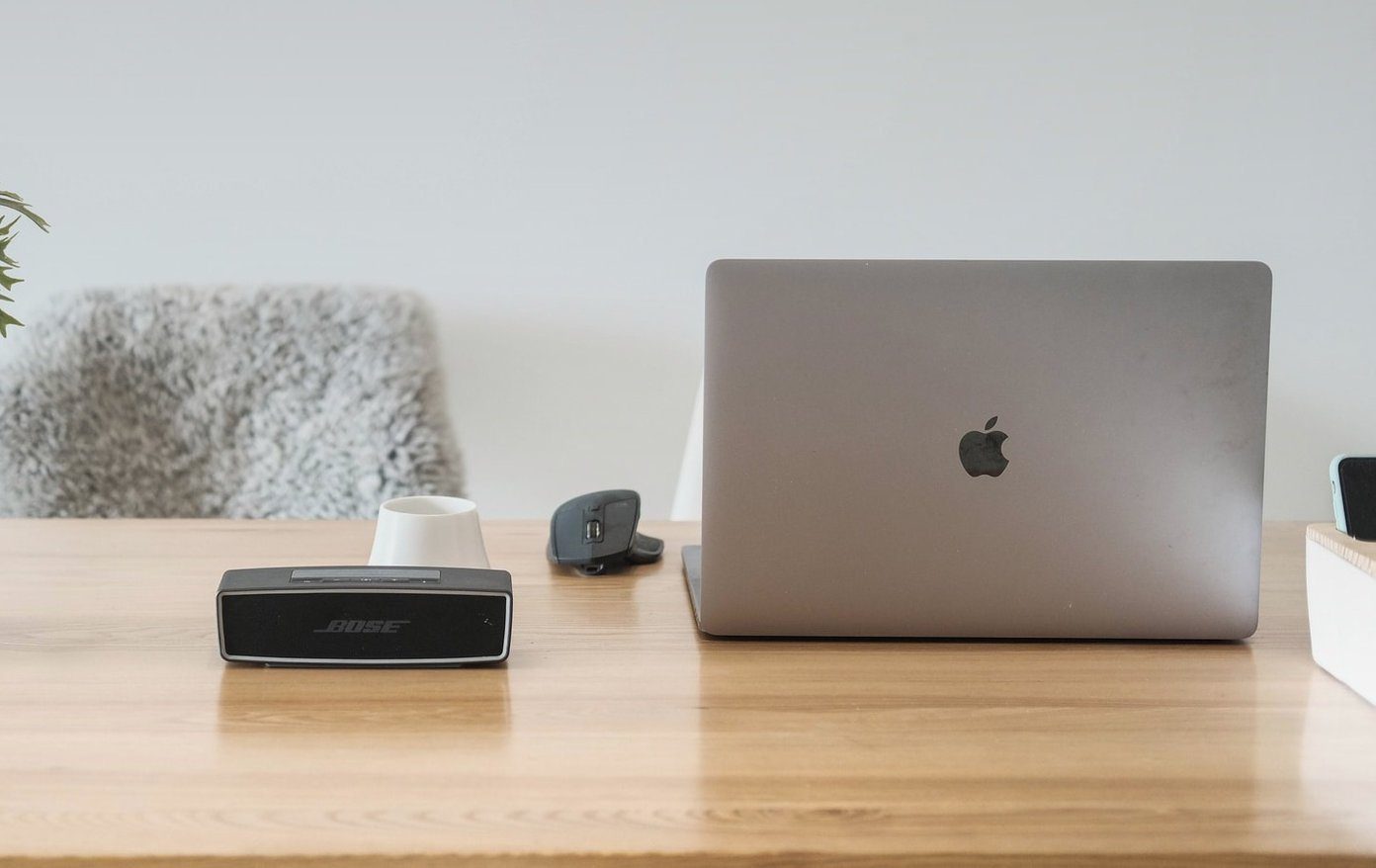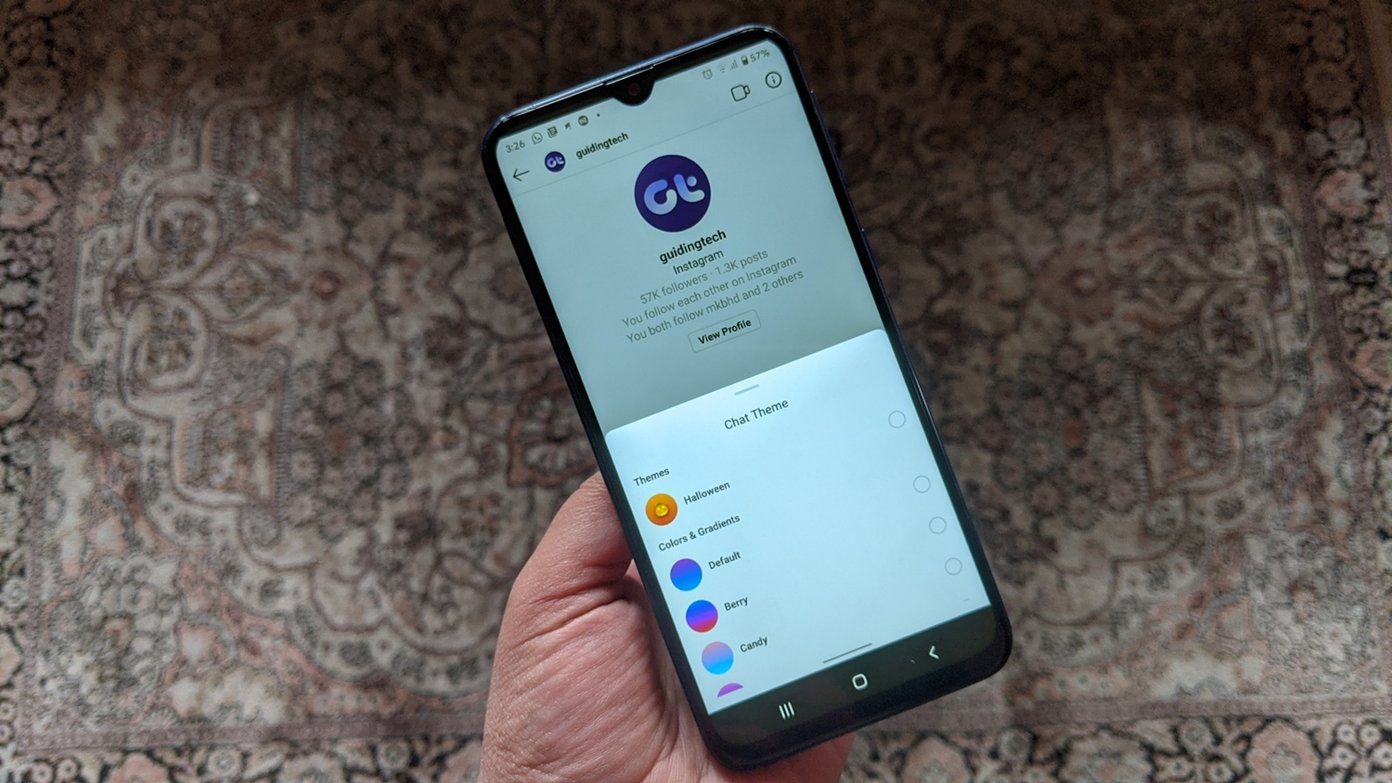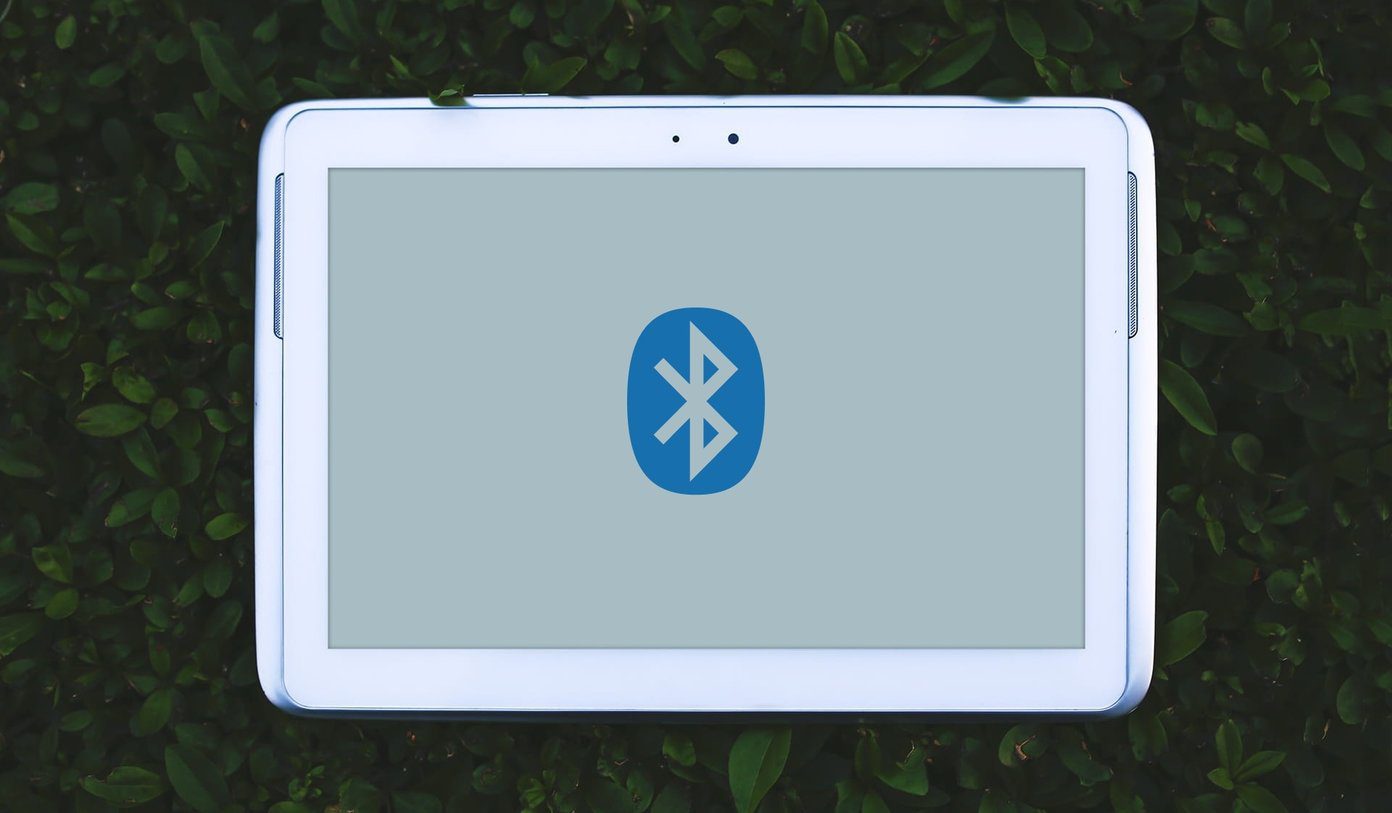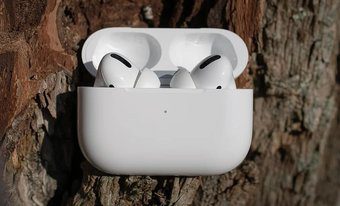Touch ID authentication often fails if your finger is moist or extremely dry. Similarly, if your finger is seared with oil, lotion, sweat, or any other obstructive material, then you’ll face trouble unlocking your MacBook. So if your MacBook suddenly stops recognizing your finger, you clean your finger(s) and the Touch ID sensor with a dry, lint-free cloth. Then try again. If the problem persists, proceed to the solutions in the section below.
1. Reset SMC
The System Management Controller (SMC) is responsible for activities relating to power, fan, battery, and other hardware like the fingerprint sensor. If you find that some of the aforementioned components of your MacBook aren’t working correctly, resetting the SMC could help restore them to normal. According to the detailed research we conducted, we found that several affected users could get Touch ID working again on their Mac by resetting its SMC. Follow the steps below to get it done. Step 1: Shut down your MacBook and wait for about 10 seconds. Step 2: Next, tap and hold the Shift key (on the right side of your keyboard) + Option key (on the left side of your keyboard) + Control key (on the left side of your keyboard) simultaneously for 7 seconds. Step 3: Without releasing the three keys (in step #2), tap and hold the power button. Hold these four keys (Right Shift + Option + Control + Power Button) for about 7 seconds. Your Mac will come on for a few seconds and turn back off in the process. Step 4: Finally, release the four keys after 7 seconds and tap the power button. Upon restart, you’ll be prompted to enter your Mac’s password to log in to your device. Afterward, put your Mac to sleep, turn it back on and check if Touch ID now works. Note: You cannot sign in with Touch ID after shutting down or restarting your Mac; you’ll be prompted to sign in with a password. Touch ID can only be used to unlock your Mac when you put it to sleep.
2. Check Touch ID Configuration
If Touch ID isn’t working for some apps and services (e.g., App Store, Apple Pay, etc.) on your Mac, you should check that biometric (read: fingerprint) authentication is enabled for the affected apps/services. Step 1: Launch System Preferences and select Touch ID. Step 2: In the ‘Use Touch ID for’ section, make sure you check the activities and apps that you want to authenticate using fingerprint. If Touch ID still doesn’t work for the selected apps/services, uncheck all the options, and shut down your Mac. When you turn it back on, check all the options (in step #2) and see if Touch ID now works with the selected apps.
3. Re-Add Fingerprints
Another reason why Touch ID isn’t working on your Mac could be because your fingerprint(s) were registered wrongly. When setting up Touch ID, it is recommended that you ensure the sensor sufficiently captures the ridges and surface of your finger. If the sensor only captures and registers a portion of your finger, Touch ID might fail to work on some occasions. To fix this, delete the registered finger(s) and re-add a new fingerprint. You can move your finger around enough for the sensor to capture the entire surface of your prints.. Step 1: Go to System Preferences and select Touch ID. Step 2: Hover your cursor on the fingerprint you want to delete and click the x icon. Step 3: Enter your Mac’s password to proceed. Step 4: Click Delete on the warning prompt. Step 5: Now, click ‘Add a fingerprint’ to add a new finger. Step 6: Rest and lift your finger on the sensor at different angles until all the edges of your fingers are captured. Step 7: When you get a ‘Touch ID is Ready’ message, tap Done. macOS can store up to three fingerprints. So, we recommend that you add an alternate fingerprint to your Mac. That way, if your PC fails to recognize a particular finger (perhaps because it is bruised or moist), you can use the alternate finger(s).
Restore Touch ID
Some users couldn’t sign in with Touch ID after installing a bug-ridden macOS version on their Mac. We recommend that you install only stable version(s) of macOS on your device. Go to System Preferences > Software Update and check if there’s an update available for your Mac. If Touch ID is still not working after trying all the recommended solutions in this guide, we suggest that you take your Mac to an Apple Store near you to get it examined for possible hardware damage. Next up: Are you unable to close applications on your Mac because the Force Quit function isn’t working? Refer to the troubleshooting tricks in the guide linked below to get the issue fixed. The above article may contain affiliate links which help support Guiding Tech. However, it does not affect our editorial integrity. The content remains unbiased and authentic.





















